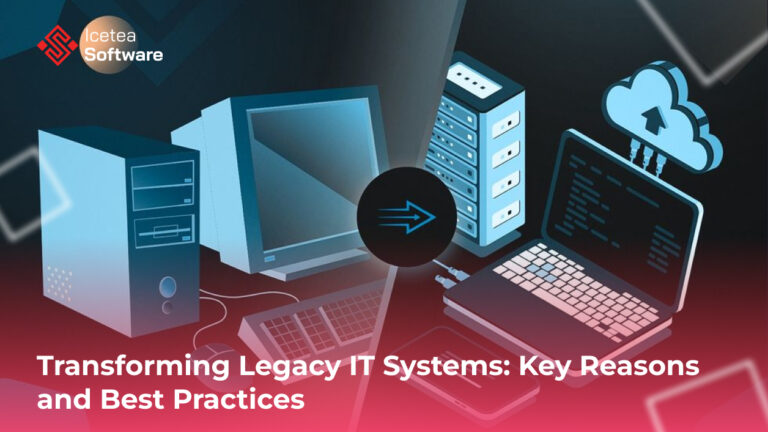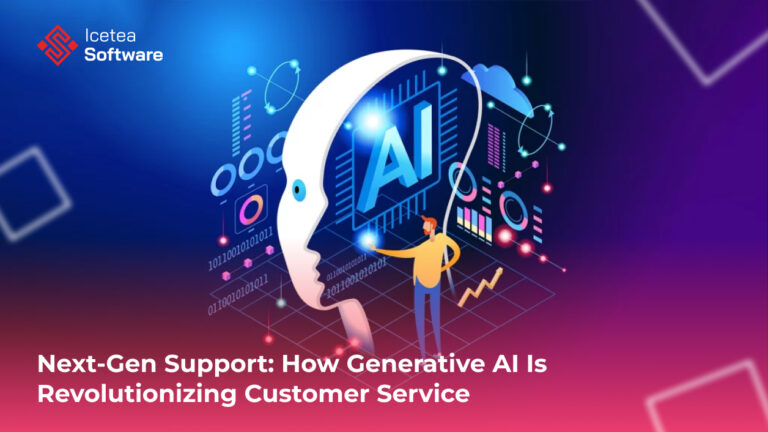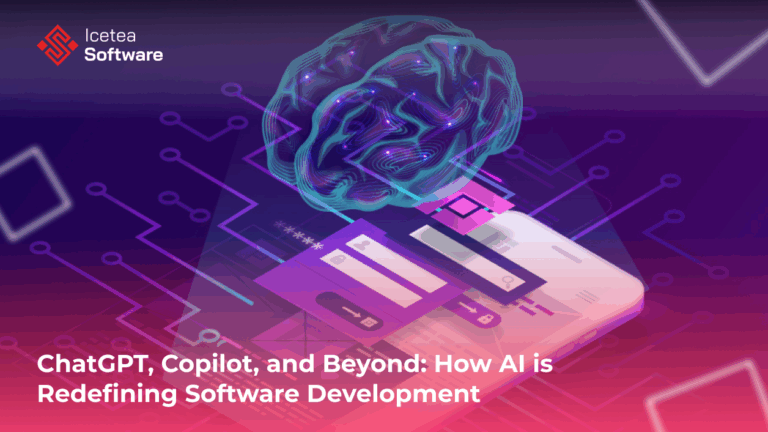7 Powerful Ways Healthcare is Revolutionized in the Age of Digital Transformation

Introduction
Digital transformation has emerged as a powerful catalyst for sweeping change across healthcare systems worldwide. This shift goes far beyond digitizing patient records—it’s a comprehensive overhaul of how care is delivered, how data is shared, and how patients engage in their own health journey. Fueled by technologies such as AI, telemedicine, remote monitoring, blockchain, and automation, healthcare is becoming more precise, efficient, and patient-focused than ever before.
In this article, we explore seven powerful ways digital transformation is revolutionizing healthcare, backed by real-world examples and concrete data. We’ll also conclude with strategic insights in a “Final Thoughts” section at the end.
1. AI-Powered Diagnostics Detecting Disease Earlier and More Accurately
Artificial intelligence has become a game-changer in early disease detection. Modern AI models can analyze radiographic images—X-rays, CT scans, mammograms—with remarkable accuracy, often rivaling or exceeding human performance.
South Korea’s Lunit, for example, has published 100 peer-reviewed studies on its Lunit INSIGHT AI suite, including landmark trials demonstrating its use in cancer detection. One study in The Lancet Digital Health showed that Lunit’s AI could replace one of two human readers in mammography screening with a higher detection rate and fewer false recalls. Another randomized controlled trial in Radiology found AI assistance significantly improved nodule detection on chest X-rays.
A 2023 team from Seoul National University Hospital reported that radiologists using Lunit’s high-accuracy chest X-ray AI (AUC 0.88) saw diagnostic accuracy jump from 0.77 to 0.82—a statistically significant boost.
AI also excels in resource-limited settings. A 2020 Bangladesh study evaluating five AI tools for TB screening discovered that they outperformed human radiologists—with some achieving sensitivity above 90%—reducing the need for advanced confirmatory tests by up to 50%.
These tools accelerate early diagnosis, reduce burden on clinicians, and increase access to high-quality imaging interpretation—especially in underserved areas.
2. Telemedicine: Connecting Patients Where They Are
Telemedicine soared during the COVID-19 pandemic and continues to reshape how care is accessed. With virtual visits, appointments comply with safety guidelines and increase convenience.
By 2019, projections estimated 124 million virtual consultations annually in the U.S. (up from 7 million in 2015) . During the pandemic, Cleveland Clinic conducted over 200,000 virtual visits in just a few months—maintaining patient satisfaction and access .
Institutions like the NHS and Stanford also scaled virtual care options. Patients value the efficiency: one millennial reported booking an inhaler prescription via app for just $18—with no in-person visit—compared to $150+ at urgent care time.com.
Benefits:
- Eliminates travel and wait times
- Reduces exposure risk during infectious outbreaks
- Economical for routine or chronic-care needs
3. Remote Monitoring with Wearables and IoT
Digital transformation extends into the home through wearable devices and IoT systems that monitor health metrics in real time. Patients with chronic conditions can share data continuously, allowing healthcare teams to intervene early.
For example, AliveCor’s KardiaMobile enables FDA-cleared ECG monitoring via smartphone. If irregular rhythms are detected, healthcare providers are alerted—enabling timely follow-up and reduced ER visits.
High-velocity data streams from wearables not only control disease progression but also optimize clinical workflows by identifying patients who need immediate attention.
4. Personalized Digital Therapeutics and Coaching
Beyond monitoring, digital health solutions are actively treating and coaching patients. Teladoc’s Livongo platform offers diabetes and hypertension management through remote tracking, data-driven insights, and personalized coaching.
Clinical outcomes include:
- Reduced HbA1c levels
- Improved medication adherence
- Meaningful lifestyle changes
This reader-centric approach tailors care plans, reinforcing positive behavior and boosting patient engagement—a big leap compared to one-size-fits-all models.
5. Tele-ICU and Robotic Care in Critical Settings
Critical-care units are also transforming digitally. Tele-ICU systems connect remote intensivists to ICU beds with live video, real-time vitals, and AI-powered alerts. Johns Hopkins and Mount Sinai have implemented these models—resulting in reduced ICU mortality and shorter lengths of stay.
Meanwhile, robotics assist in tasks like medication delivery and patient monitoring, freeing frontline staff to focus on hands-on care.
Combining teleoperations, robotics, and analytics creates a smarter, more resilient ICU infrastructure—available 24/7 regardless of specialist availability.
6. Predictive Hospital Operations
Digital transformation isn’t just about clinical care—it optimizes hospital operations too. Hospitals leverage predictive analytics to anticipate patient volumes, bed capacity, staffing needs, and supply management.
Mount Sinai and Cleveland Clinic utilize AI forecasting tools that:
- Smooth patient flow
- Reduce wait times
- Improve resource utilization
These systems help facilities anticipate demand during flu seasons or public health crises—providing stability under pressure.
7. Blockchain: Secure, Patient-Centric Records
Data management is central to digital transformation—and blockchain offers a new paradigm. By using decentralized, transparent ledgers, patients can govern who accesses their health data.
Pilot initiatives in Europe and the U.S. show potential for blockchain in enabling secure data sharing between providers—supporting interoperability, reducing fraud, and empowering patients.
While still early-stage, these models align with growing demands for privacy and data ownership rights worldwide.
Real-World Integration: When Innovations Work Together
The transformative power lies in combining these seven technologies. Health systems that integrate them holistically are seeing profound results.
At Cleveland Clinic, telemedicine, remote analytics, and AI triage came together during the COVID crisis to support remote patient care and reduce hospital admissions.
Mount Sinai combined predictive operations planning with remote ICU monitoring and AI-driven diagnostics—enhancing agility and care quality under stress.
Such integrations highlight a key insight: digital transformation is most powerful when systems are orchestrated—not isolated.
Ongoing Challenges and Digital Divide
Despite successes, numerous obstacles remain.
Interoperability continues to slow progress—many hospitals operate with legacy systems that don’t communicate, hindering seamless data flow.
Cybersecurity remains a top concern—healthcare suffers high-profile ransomware attacks and data breaches, exposing patient information and disrupting care.
Cost barriers hinder smaller clinics from adopting advanced solutions—initial investment and ROI needs often don’t align.
Human and cultural resistance can slow uptake—clinicians accustomed to traditional workflows may perceive digital tools as extra administrative work or unreliable.
Finally, the digital divide persists. Without affordable internet, digital literacy, or accessible devices, underserved populations—rural, elderly, low-income—risk exclusion. Ensuring digital equity is essential.
Future Trends: Preparing for a Digital Future
Emerging technologies promise to deepen the transformation:
- AI assistants will become ubiquitous in triage and diagnostics—supporting clinicians rather than replacing them.
- Genomic therapies will usher in precision medicine—tailored to individual genetic and lifestyle factors.
- Blockchain will enable sovereign data management—patients owning their health records securely.
- VR/AR will enhance medical training, pain management, and surgeries with immersive experiences.
- 5G and edge computing will support advanced use cases like remote surgery with minimal latency.
- Equity initiatives will focus on inclusive design—ensuring digital health benefits all communities.
Final Thoughts
Digital transformation in healthcare is not optional—it’s imperative. The seven powerful forces—AI diagnostics, telemedicine, wearables, personalized therapeutics, tele-ICU, predictive operations, and blockchain—represent a coordinated shift toward smarter, more personalized, and compassionate care.
Yet the journey requires reckoning with tough questions around interoperability, security, equitable access, cost, and cultural change. Success belongs to systems that invest in robust infrastructure, staff training, patient inclusion, and data governance.
In an era defined by global health challenges and rising costs, digital transformation offers a path toward resilient, affordable, and human-centered healthcare. The journey isn’t just about technology—it’s about reimagining care itself, with every patient at the heart.
The future of healthcare starts today—and digital innovation is the compass guiding us forward.
————————–
𝗜𝗰𝗲𝘁𝗲𝗮 𝗦𝗼𝗳𝘁𝘄𝗮𝗿𝗲 – Cutting Edge Technologies!
Website: iceteasoftware.com
LinkedIn: linkedin.com/company/iceteasoftware
Facebook: Icetea Software







